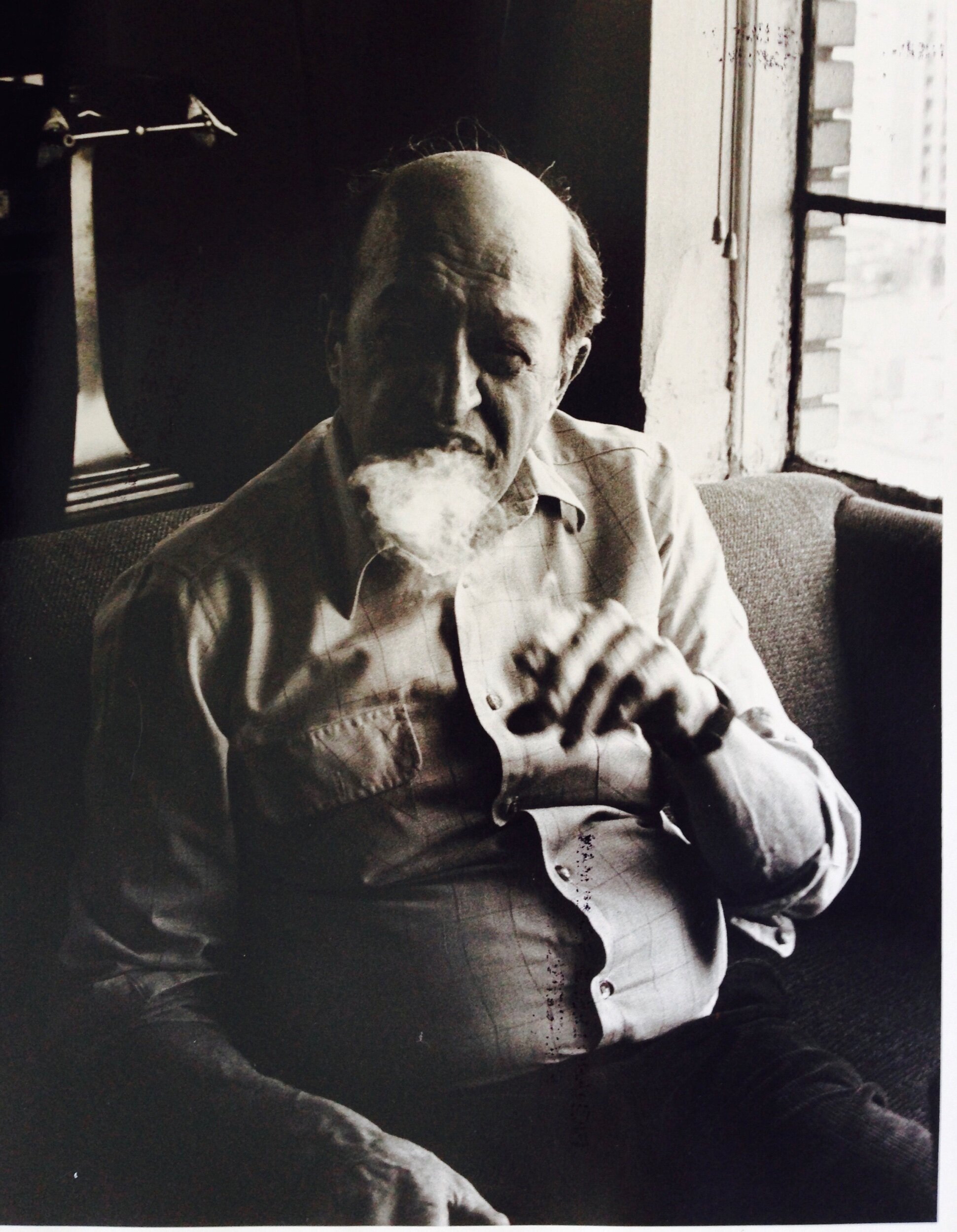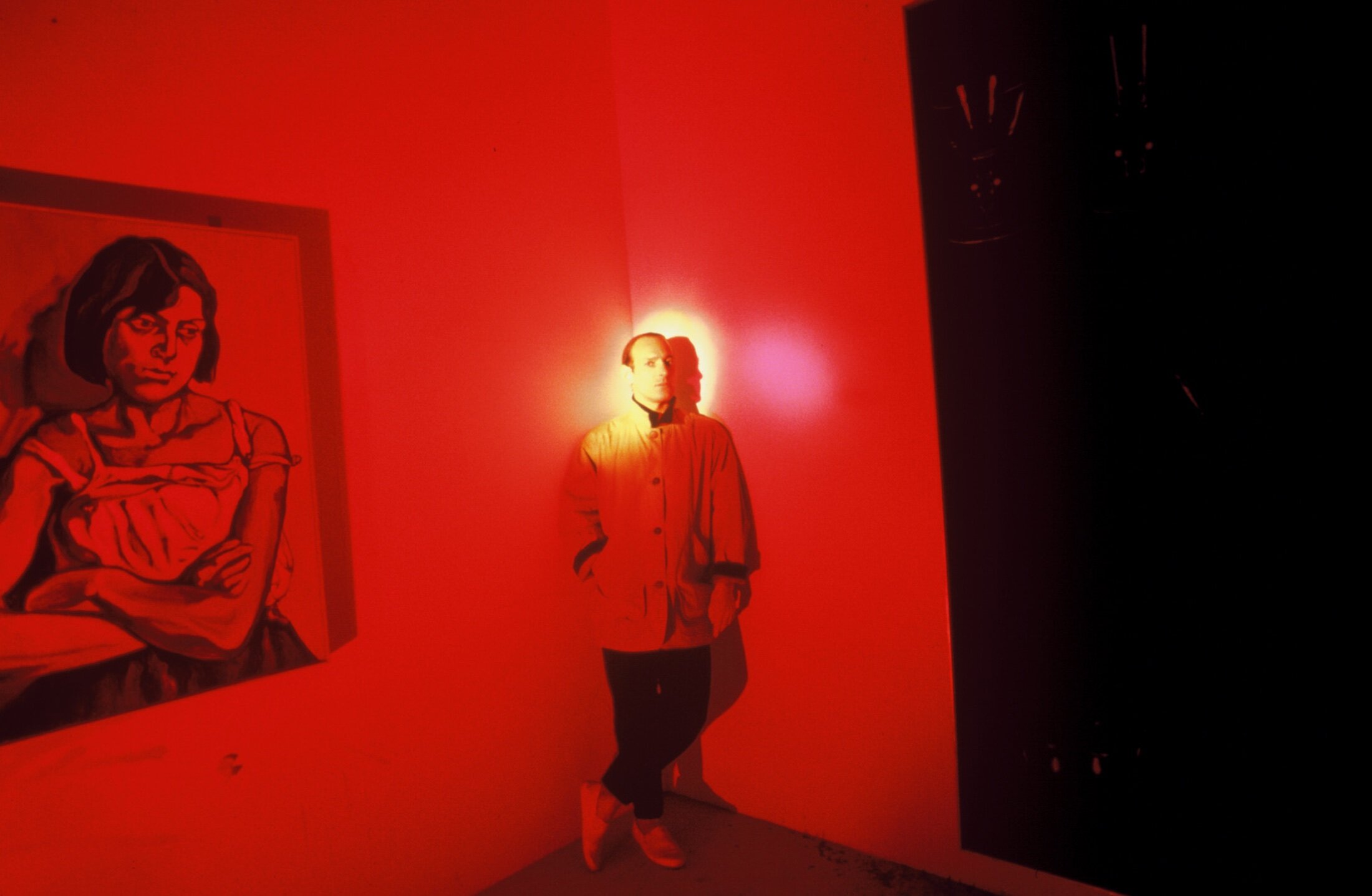My Photograph of a #stalin bust
“I never cared where
But to
Be there”
Over a seven year period I made a number of trips to the former Soviet Union. My travels were always predicated on the portraits I was to make. I was in my comfort zone outside of my element. It was a great time the happiest of times. I would dance with my camera, and cast a spell on my unsuspecting subjects. I was Fantasia’s “Sorcerers’ Apprentice”. Soviet cultural elite would host my magic in their homes and studios.
Every afternoon or early evening after I had completed my portrait schedule I stepped onto the Soviet streets. Something always struck me from the dark abyss. Something had vanished. Russia. A particular Russian past was whitewashed from existence. Memories were interrupted. The ghosts of the fallen past had been eviscerated. Still the nightmares lingered. Lenin and Stalin patrolled the citizens minds. Demons lived.
For years I would ask Soviet’s whatever happened to the Revolution’s monumental statues and paintings. Fear and laughter filled the rooms. The eyes and ears of the KGB were everywhere.
I decided I would look for Stalin’s ghost in Georgia. He was the most feared and autocratic Soviet.
My flight from Leningrad (Saint Petersburg) on Aeroflot was a study in fear of flying. I sat in a machine that could fly. It had wings and pilots and a stewardess or two. But the rest would have been an Orwellian “Animal Farm”. The plane was full. My recollection was that there were some 20 passengers including about 5 generals, 3 pigs, 2 goats and about 10 chickens. The runner between aisles was crinkled up to the point the stewardess had to lift the refreshment cart from aisle to aisle.
We made five unscheduled landings in the three and half hour flight. It was either a general or domestic livestock stepping off to deserted landing strips with only mountains on each side. One by one the animals looked over at me and said; “I am dinner tonite please save me”.
Church in Tbilisi, Georgia
Military at leisure in Tblisi
Landing in Tbilisi was a starlit moment. An ancient city and a beckoning oasis greeted me. Adventures and misadventures awaited. My translator introduced me to Georgian culture. Tbilisi was a treasure trove of visual delights for my camera. A bountiful of food welcomed me everywhere I went. The city’s cuisine was a savory gift. I remember my eyes capturing persimmons that looked like a panther’s jeweled eyes. Maybe it was a sign that Stalin was near by. I could feel him.
Artist Givi Mizandari in Tblisi Georgia
I tried for many days to share my desires and stir some interest in finding Stalin. One of the artist’s I photographed heard my bleat. He offered to show me something special. He would drive me to Stalin’s birth town Gori.
That day was certainly among the most spiritual of my life. He picked me up with my translator in his 1930’s Gestapo styled red Mercedes. We made the hour and half drive with my eyes mingling with ordinary landscape. I did feel like my mind was mirroring Orwells’ Coming Up For Air”. Different agendas different times, but something new was at the end of the road.
1930s #Mercedes
Once in Gori we visited a family lost in an alternative history. It was as if Stalin’s ghost greeted me. The only time in my life that I actualized “Alice going down the rabbit hole”.
A world retreated from a Time-Machine that broke down in the 1950s. Maybe this was to be a “Collyer brothers” story. But for me this is why to this day my eyes dream“ I never cared where, but to be there”.
Like most substantive Soviet affairs, the morning started off with shots of moonshine potato vodka. We sat in the kitchen playing ping pong with various translations about Stalin. I stared across the room at two life size “Joe”portraits. The conversation became loudly animated. I excused myself to visit their garden. My eyes were in sensory overload trying to absorb a lifetime of Stalin framed newspaper clippings adorning the garden walls. Maybe the jewel of this paleontologist like discovery was the porcelain fountain statue of Stalin peeing in the pool of water.
I was young I was stunned I was in heaven. I made my way back to the kitchen. It was time to leave. The four Soviets turned towards the life size paintings and gave a “zieg heil” salute to their sovereign. My feet were in exit mode.
My mind was under siege on the drive back. My vodka tears were streaming down my cheeks. I had imagined something more rewarding from my efforts to find the Soviet past. I had imagined something more empowering. Instead my youthful disillusionment remembered another defeating moment. I was inescapably holding the hand of the famed Soviet soprano Galina Vishnevskaya.
We stood together in front of “Joe” and the Kremlin Politburo. One evening she had concluded an exhaustive performance of Pushkin’s “Eugene Onegin”. She was mentally and physically exhausted. She was thrilled that her leader had invited her to the prestigious dinner.
“Joe”motioned her to perform for his guests. She had believed she was an invited guest. She realized she was a mere servant. She performed for her life for her future. Tears poured down her cheeks. Stalin’s alligator eyes smiled. He enjoyed the fear that held the room and Galina prisoner.
My guide returned me to my hotel room. The vodka whispered for me to sleep. I no longer needed to find Stalin. The intoxicating experience would lift me up for tomorrow and everyday that followed.
My Poster Of #Stalin
























































































